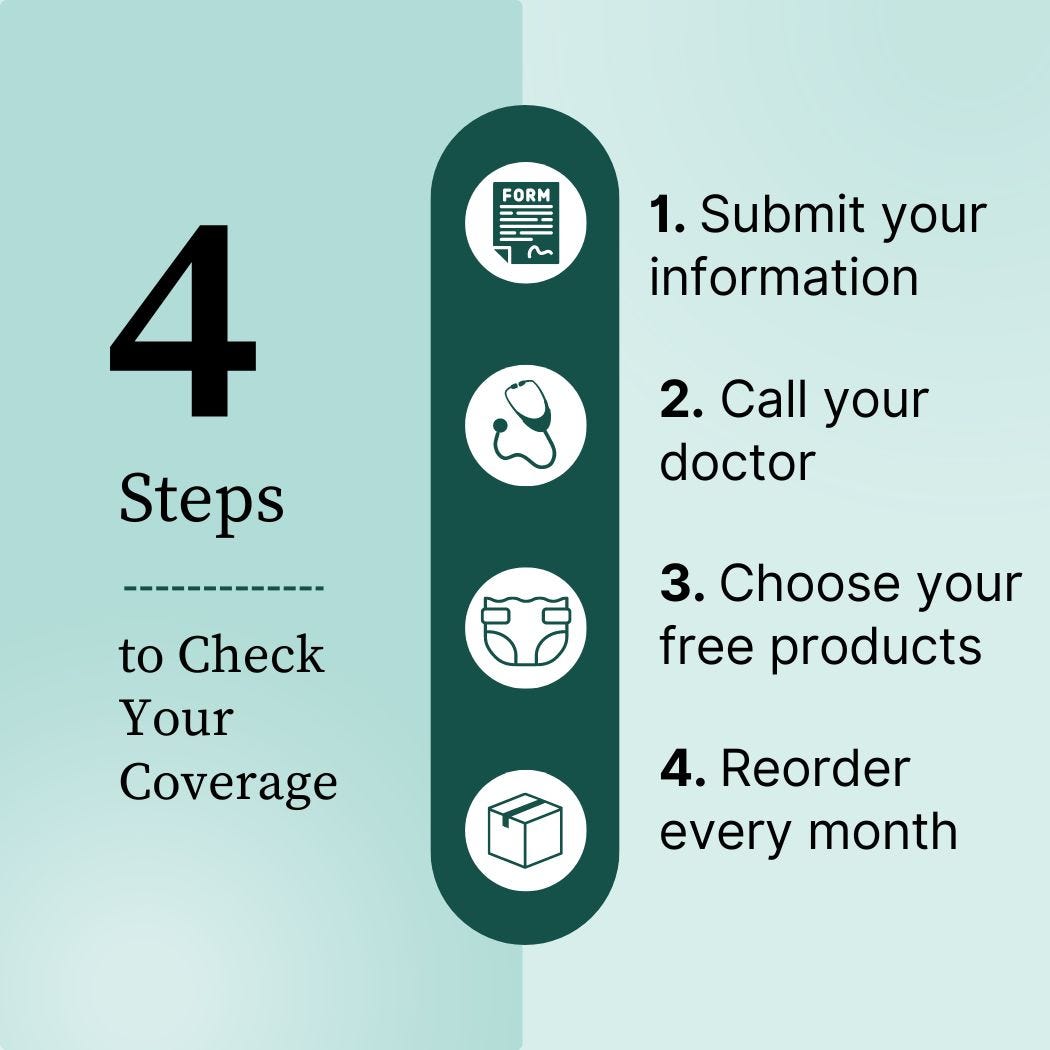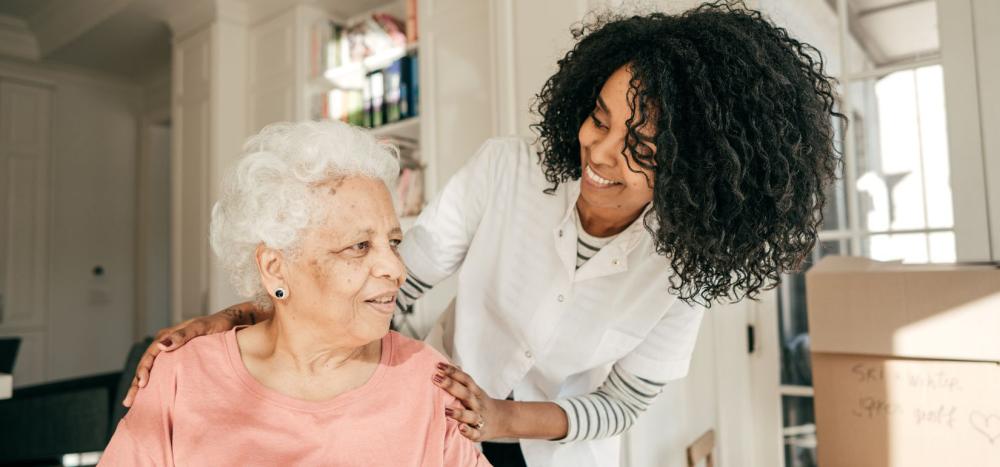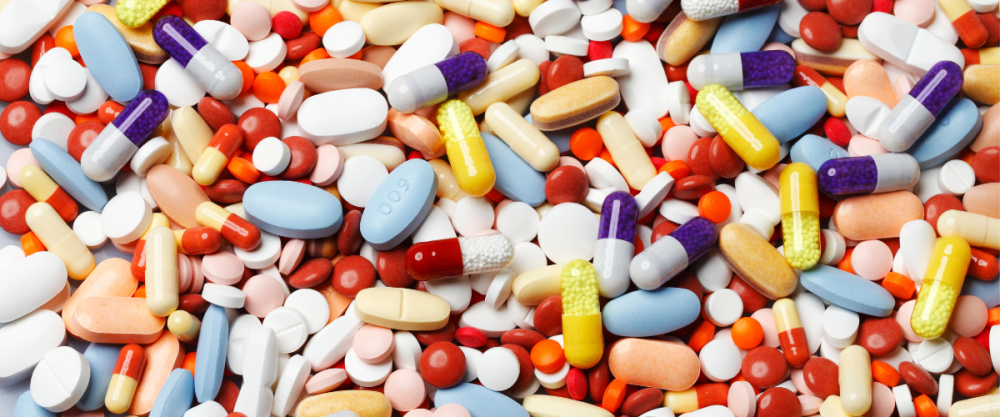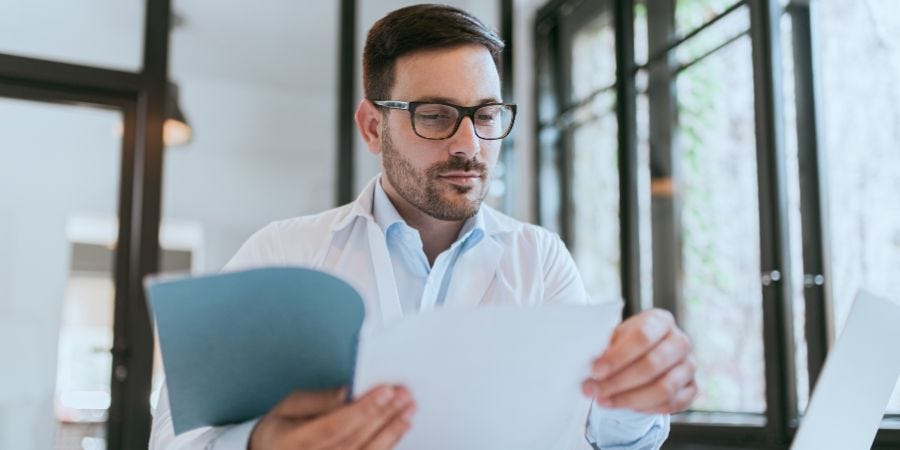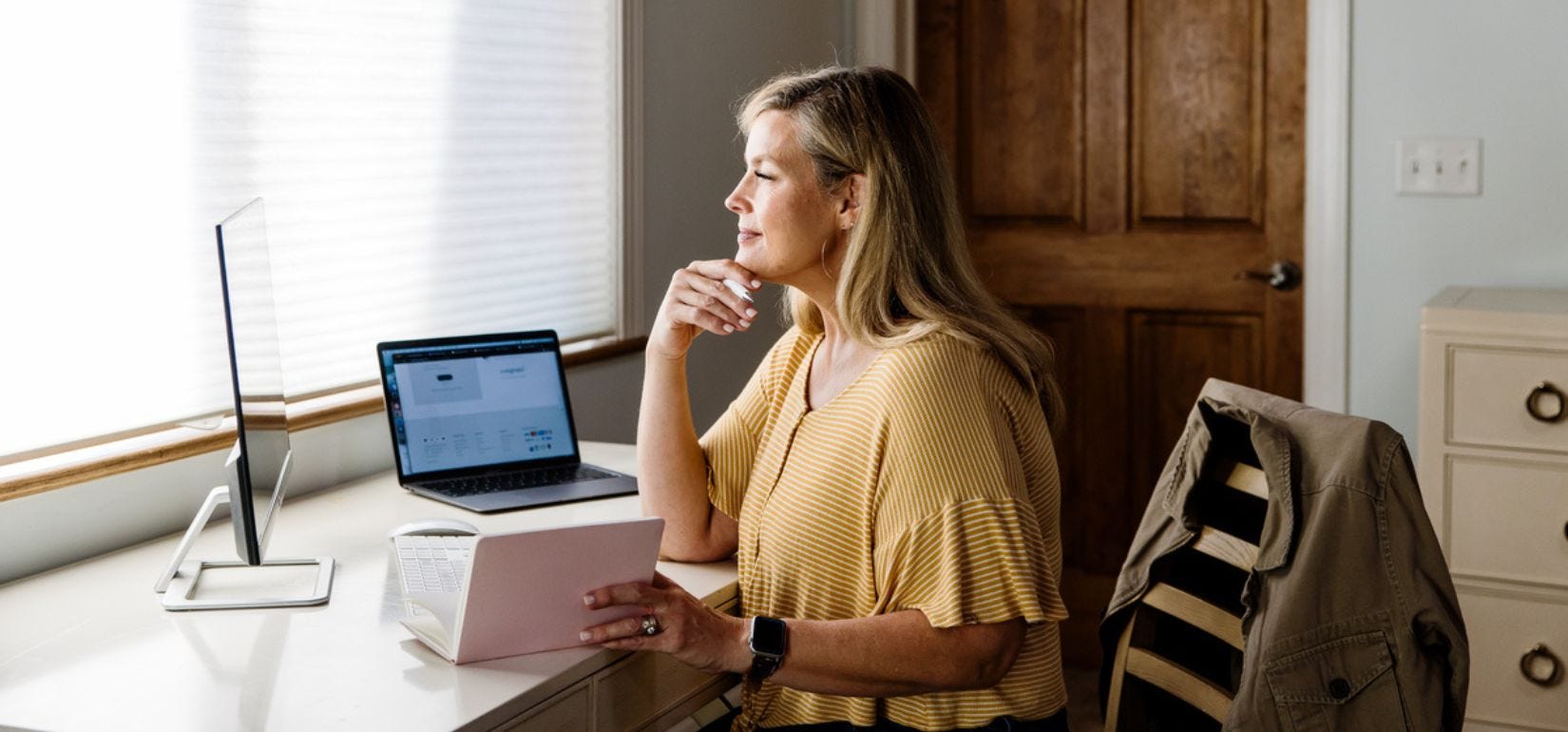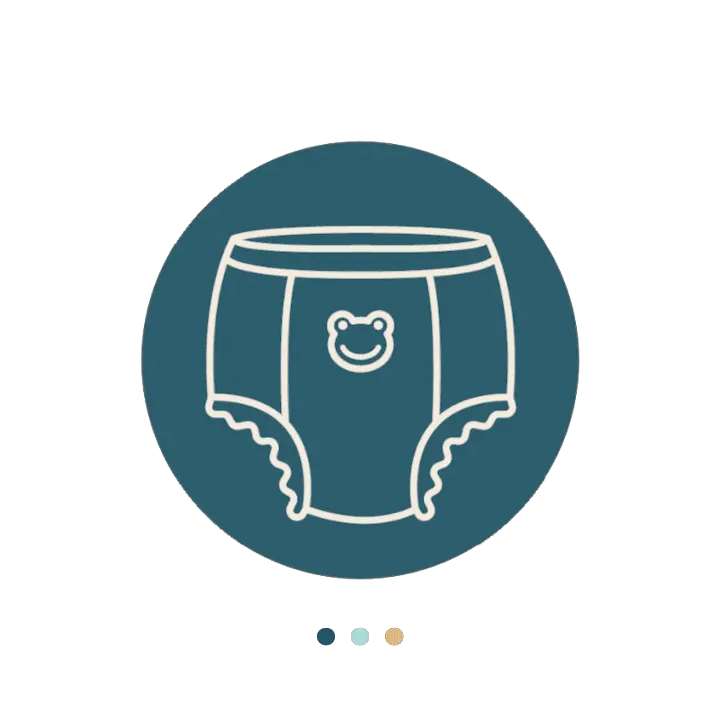We’ve all experienced the intense urge to pee at some point, whether it was while waiting in line for a crowded bathroom or while stuck in an important meeting at work.
But some people live with that urge constantly- a condition known as urge incontinence- and it can be an exhausting condition to manage.
If you are one of the many people who lives with frequent sudden urges to pee, this article is for you! We’ll give you the lowdown on urge incontinence and tell you how to get it diagnosed so you can treat and reverse it.
What Is Urge Incontinence?
Urge incontinence is a type of urinary incontinence (UI). Around 40% of females and 30% of males will experience urge incontinence in their lives.
UI is a loss of bladder control that typically results in an unintentional loss of urine. There are different types of UI a person may develop, including:
- Stress Urinary Incontinence (SUI): Stress incontinence causes leaking urine due to pressure on the pelvic floor muscles when coughing, sneezing, laughing, exercising, having sex, or lifting heavy objects.
Check Your Eligibility
2 Easy Steps
From catheters to pediatric and adult incontinence supplies, discover the continence care essentials covered by your insurance.
- Functional Incontinence: Leaking urine due to the inability to make it to a toilet.
- Overactive Bladder (OAB): Urinating more frequently than usual, typically more than 8 times a day. OAB may be one of the causes of urge incontinence.
- Mixed Incontinence: Mixed incontinence is a term used to describe a combination of SUI, urge incontinence, or any other type of incontinence.
- Overflow Incontinence: Leaking a smaller amount of urine throughout the day due to the inability to fully empty your bladder.
- Urge Incontinence: Also called overactive bladder (OAB), urge incontinence results in urine leakage due to feeling a sudden and intense urge to pee.
Symptoms
- Feeling the sudden and intense urge to urinate
-
Urine leakage
-
Voiding your bladder more than 8 times a day and more than 2 times at night
-
Bedwetting (nocturnal enuresis)


Causes
A common cause of urge incontinence is OAB. Since OAB causes your bladder muscle (detrusor) to squeeze and the sphincter muscle and urethra to relax, you may experience symptoms of urge incontinence.
- Bladder inflammation or spasms
- Constipation
- Bladder cancer
- Blockages or bladder stones
- Urinary tract infection (UTI)
- Neurological conditions, such as multiple sclerosis (MS), Alzheimer’s disease, Parkinson’s disease, etc.
- Enlarged prostate (benign prostatic hyperplasia)
- Nerve damage from things like spinal cord injury (SCI)
Diagnosis
The first step in diagnosing urge incontinence is to visit your healthcare provider or a specialist like a urologist. Explain your symptoms to your provider and allow them to diagnose you properly. Following a potential physical exam, diagnostic tests they may run include:
- Urinalysis: This will determine if you have any infections or blood in your urine.
- Urodynamic testing: This will show how well your urinary system functions.
- Ultrasound: This will allow your provider to look at your pelvic organs.
- Cystoscopy: This test will examine your urinary tract.
Treatments
- Medications: Certain anticholinergic medications, like tolterodine or oxybutynin, reduce the symptoms of urge incontinence.
- Pelvic floor exercises: Kegel exercises and other pelvic floor exercises strengthen the pelvic floor muscles and can prevent leakage from occurring.
- Nerve stimulation: Nerve stimulation performed by your healthcare provider uses electrical stimulation to regulate bladder muscle contractions.


- Bladder training: Bladder training teaches your bladder to hold urine for longer periods of time, resulting in less voiding.
- Bladder botox: Bladder botox allows your bladder to hold more urine.
- Lifestyle changes: Lifestyle changes can reduce symptoms of urge incontinence. These may include:
-
- Cutting bladder irritants out of your diet (alcohol, caffeine, spicy foods, etc.) and replacing them with whole, fresh foods.
- Maintaining a healthy weight to reduce pressure from obesity on your pelvic floor and abdominal muscles.
- Quitting smoking to reduce pressure from chronic coughing.
References
Urge Incontinence: Causes, Symptoms & Treatment. (n.d.). Cleveland Clinic. https://my.clevelandclinic.org/health/diseases/22161-urge-incontinence
NHS. (2019). Overview - Urinary incontinence. NHS. https://www.nhs.uk/conditions/urinary-incontinence/
Disclaimer
Information provided on the Aeroflow Urology blog is not intended as a substitute to medical advice or care from a healthcare professional. Aeroflow recommends consulting your healthcare provider if you are experiencing medical issues relating to incontinence.


